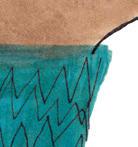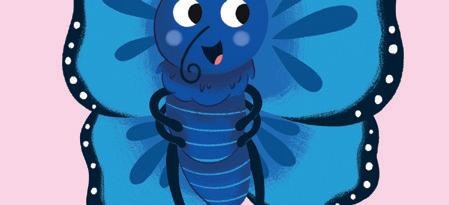










 Gill Budgell
Gill Budgell


This Learner’s Book provides activities to support the second term of FLE Communication and Language for Cambridge Early Years 3.
Activities can be used at school or at home. Children will need support from an adult. Additional guidance about activities can be found in the For practitioners boxes.
Stories are provided for children to enjoy looking at and listening to. Children are not expected to be able to read the stories themselves.
Children will encounter the following characters within this book. You could ask children to point to the characters when they see them on the pages, and say their names.
The Learner’s Book activities support the Teaching Resource activities. The Teaching Resource provides step-by-step coverage of the Cambridge Early Years curriculum and guidance on how the Learner’s Book activities develop the curriculum learning statements.

Hi, my name is Kiho.
Hi, my name is Mia.
Find us on the front covers doing lots of fun activities.

Hi, my name is Gemi.



 Bloom by Anne Booth
Bloom by Anne Booth







There once was a beautiful flower which grew under the window of a big house, and a little girl who loved it.


























Every morning, on her way to school with her brother, the little girl would visit the flower.











She would look at its beautiful petals, drink in its sweet smell, and wonder at the smoothness of its leaves and at their colour and shape.































‘Good morning, beautiful flower,’ she would say. ‘I think you’re wonderful. Thank you for being here for us. I love you,’ and she would go to school happy.













One morning, the man living in the big house woke up early and heard someone talking to his flower. He looked out of his window and saw the little girl.
‘How dare you talk to MY flower?’ he shouted. ‘Go away and never come near my flower again!’



The little girl and her brother didn’t like being shouted at, so they went to school another way.







Match and say.
Match each character to the correct speech bubble. Say it like they would.











































My flower stopped blooming after you left.
I water it every morning and evening.
Good morning, beautiful flower.
Children draw a line with a pencil or their finger to match the characters to the correct speech bubble. Refer back to the story as needed to remind them of the characters and what they say. Encourage them to repeat the sentences, speaking like the characters do.
Create.
Use materials to complete the flower picture.






Encourage children to think about what they can use to make a beautiful flower. They may need collage materials and glue. Ask children to have a go at naming basic parts of the plant and write them if they wish.